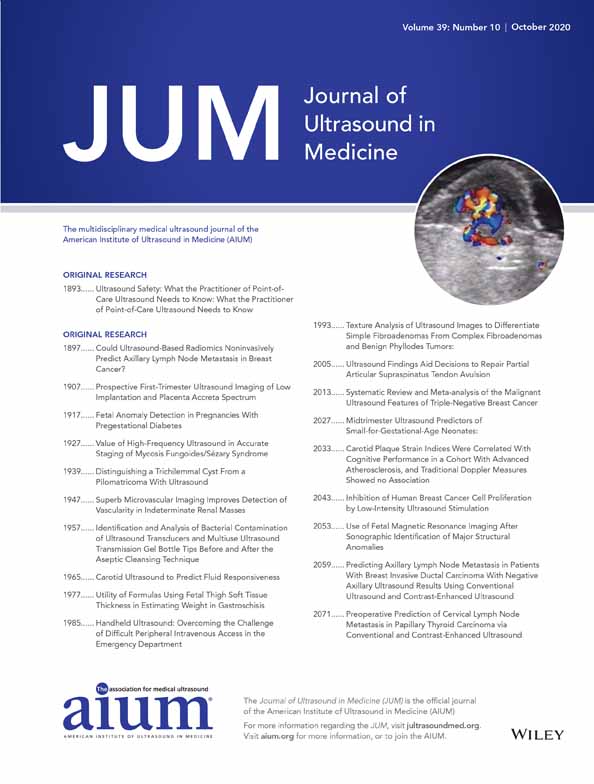Ultrasound Findings Aid Decisions to Repair Partial Articular Supraspinatus Tendon Avulsion
Abstract
Objectives
Ultrasound (US) is useful for diagnosing full-thickness rotator cuff tears and high-grade partial-thickness bursal-side tears. However, anisotropy artifacts make it difficult to identify partial articular supraspinatus tendon avulsion (PASTA) by US. This study was performed to determine the diagnostic accuracy of US for PASTA and to uncover sensitive findings that could aid decisions to repair.
Methods
Patients who underwent preoperative US examinations and supraspinatus tendon confirmation by arthroscopic examinations were enrolled. We analyzed 52 PASTA cases involving greater than 50% thickness of the tendon and 52 age- and sex-matched cases with an intact supraspinatus. Two orthopedic surgeons blinded to the diagnosis interpreted US videos of the supraspinatus tendon. Six findings (echo defect, tendon delamination, echo change, tendon thickness, tendon fiber pattern, and cartilage interface sign) were assessed. We calculated the sensitivity, specificity, and accuracy for each US finding.
Results
The cases consisted of 46 men and 58 women. The US diagnosis of PASTA showed sensitivity of 64.7%, specificity of 94.1%, and accuracy of 79.4%. The echo change in the short axis showed the highest sensitivity. Thinning and delamination showed the highest specificity of 100%. In contrast to previous reports, the sensitivity of the cartilage interface sign was low in both long-axis images (17.6%) and short-axis images (29.4%).
Conclusions
Preoperative diagnostic US to aid decisions regarding PASTA repair showed high specificity (94.1%) and moderate accuracy (79.4%). However, the sensitivity was only 64.7% and was affected by the examiner's experience with US.




